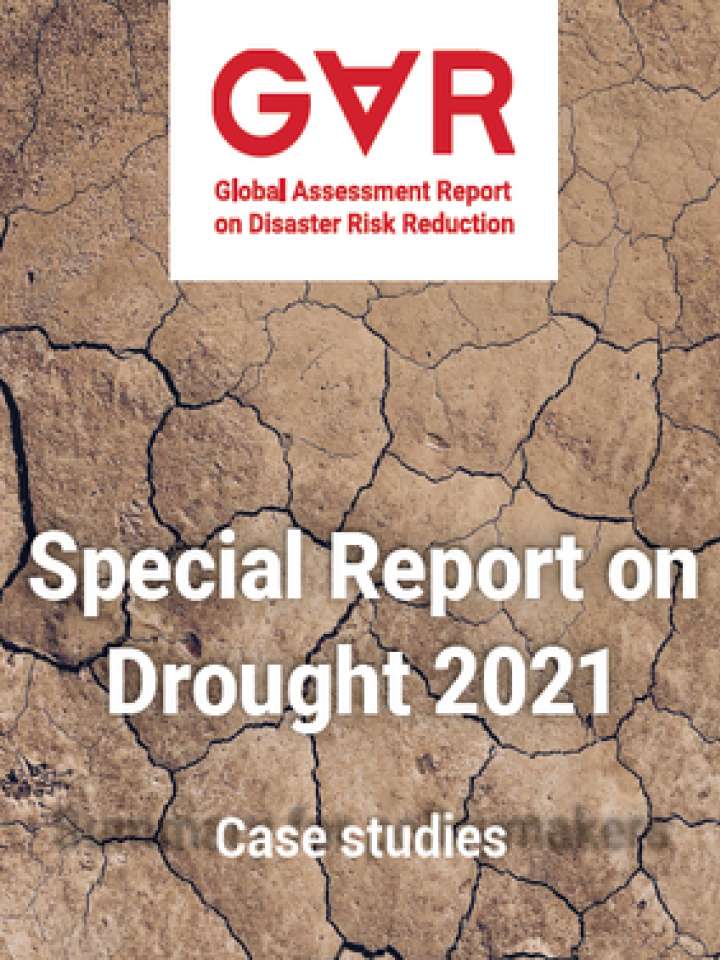The 2017-18 drought in the Argentine Pampas: Impacts on agriculture
Key points
- A major drought occurred in late 2017, early 2018 in the Pampas of central-eastern Argentina, a major world breadbasket. The drought was linked to a mild La Niña event and intraseasonal modes of atmospheric variability. Several locations in the Pampas showed historical lows in precipitation during this event. Lack of rainfall was compounded by high temperatures and heat waves during early 2018.
- The drought had large impacts on production and yields of summer crops – maize and soybean. When propagated throughout Argentina’s economy, crop losses (about 1550 M USD) had an overall impact three times higher (about 4600 M USD). Impacts on cattle were lower than on previous droughts because of the intensification of production systems, including shifting cattle to feedlots where forage was externally produced. Conservative estimates suggest that Argentina’s GNP decreased at least 0.8% due to this drought.
- The main governmental reaction to a drought in Argentina is the declaration of “agricultural emergency.” This declaration postpones state and federal taxes, extends loan repayment due dates, and provides immunity against bank foreclosures.
- Multiple drought mitigation actions are possible both by governments (e.g., enabling adoption of insurance instruments and good agronomic practices to add resilience) and by individuals or firms (e.g., modifying land allocation or stocking rates, agronomic management, and marketing strategies). Farm-level responses are effective under weak to moderate droughts, but strong events overwhelm buffering capacity, particularly for small farms.
- The limited knowledge of associations between drought characteristics and the types and magnitudes of likely impacts is a major impediment to proactive drought risk management by public and private sectors. Because of this knowledge gap, it is difficult to define when to issue different levels of warnings or initiate mitigation actions. Despite its critical importance, information on the agricultural impacts of various climate hazards is not collected or recorded in a systematic way in Argentina.
- Responsibilities for drought are dispersed among many Argentine institutions at multiple jurisdictional levels. There is little coordination among institutions to define who does what and when before during and after a drought.
- There is a strong need for innovative involvement of a diverse set of actors (NGOs, farmers, agronomic advisors, and extension agents) to help co-design effective drought information systems.
This case study is a contribution to the GAR Special Report on Drought 2021.
Explore further
Hazards
Drought
Country and region
Argentina
